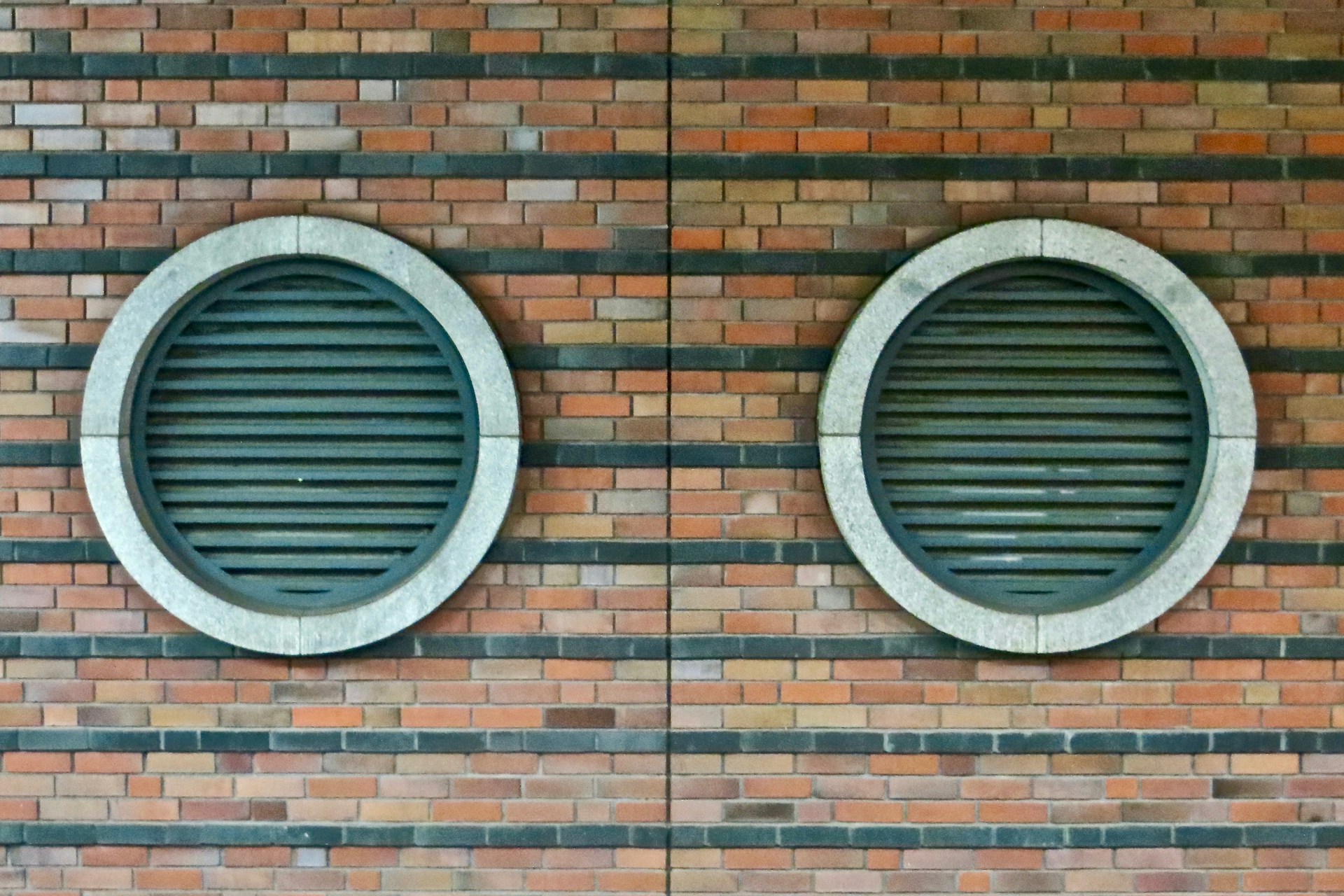Ventilation is a critical aspect of maintaining a healthy and comfortable environment within your home. A well-designed and properly installed ventilation system can make a world of difference, especially in the kitchen, where smoke, heat, and odours are a common occurrence during cooking. But how can you install a professional ventilation system in your UK home kitchen?
As the popularity of cooking hobbies and high-end kitchen appliances grows, so does the need for more powerful and efficient ventilation systems. In this comprehensive guide, we will go over the key steps and considerations to help you install a professional ventilation system in your home kitchen. Incorporating crucial aspects like MVHR (Mechanical Ventilation with Heat Recovery) and air ducting, this guide is sure to provide a solid foundation for your home improvement project.
Also read : How can you choose a microwave that minimizes radiation exposure?
Understanding the Basics of Ventilation Systems
To begin with, it’s crucial to understand what a ventilation system is and how it works. Ventilation is essentially a process that involves the movement of air in and out of a space, which can be a building, room, or in this case, a kitchen. The aim of this process is to provide high-quality indoor air that will keep the occupants of the building comfortable and healthy.
A Mechanical Ventilation with Heat Recovery (MVHR) unit is a popular choice for home kitchens. The MVHR system extracts stale air from your kitchen and recirculates fresh air back in. The heat from the extracted air is recovered and used to warm the incoming fresh air, making this system a cost-effective and energy-efficient solution for your kitchen.
Have you seen this : How can you choose a microwave that minimizes radiation exposure?
Understanding the basics of ventilation systems will help you make an informed decision when selecting the most suitable system for your kitchen. It’s also essential to familiarise yourself with the different components of a ventilation system, such as vents, ducts, and the hood.
Selecting the Right Ventilation System
Selecting the right ventilation system for your kitchen depends on various factors including the size of your kitchen, your cooking habits, and the design of your home. A professional range hood is a common choice for home kitchens due to its efficiency in removing smoke, steam, and odours.
When choosing a range hood, consider the size and layout of your kitchen. If your kitchen is open to the rest of your house, you might need a larger, more powerful hood. The type of cooking you do will also influence your choice. For instance, if you frequently cook with high heat or fry foods, a hood with a higher CFM (Cubic Feet per Minute) will be more suitable.
An MVHR unit can also be a great addition to your kitchen ventilation system. It’s particularly beneficial in colder climates, where it helps to minimise heat loss by recovering heat from the extracted air.
Installing the Ventilation System
Once you have chosen the right system for your kitchen, the next step is the installation process. This will involve setting up the hood, vent, and ducting system.
Start by mounting the range hood over your stove. Ensure it’s level and at the right height – typically between 24 and 30 inches above the cooktop. Next, install the vent and connect it to the hood. The vent should lead outside to ensure the removal of smoke and odours from your kitchen.
The ducting system is what carries the air from the hood to the vent. You will need to install this system within the walls, ceiling, or floor of your house. If you’re not comfortable with this step, it might be worth hiring a professional to ensure a successful installation.
Integrating MVHR with Your Ventilation System
Integrating an MVHR unit with your ventilation system is a wise move, especially if you’re aiming for energy efficiency. However, this will need to be done correctly to ensure the system functions as it should.
First, the MVHR unit should be located in a central part of your house, ideally close to both the kitchen and the bathroom, as these are the areas that produce the most moisture and odours. The unit should also be easily accessible for maintenance and filter changes.
The ducting for the MVHR should be separate from your main ventilation system. This means you’ll need to install additional ducts to connect the unit to the rest of your house. Ensure the ducts are well-sealed to prevent air leakage, which could lead to inefficiency in your ventilation system.
Maintaining Your Ventilation System
Once your ventilation system is up and running, regular maintenance is key to ensure it continues to function efficiently. This involves cleaning the range hood filters regularly to prevent build-up of grease and grime, checking and cleaning the vents, and replacing the MVHR filters according to the manufacturer’s instructions.
Remember, a well-maintained ventilation system will not only keep your kitchen air clean and fresh, but also extend the lifespan of your system, saving you money in the long run.
In conclusion, installing a professional ventilation system in your UK home kitchen can be a rewarding project that enhances your cooking experience and improves the quality of your indoor air. With the right tools, knowledge, and patience, you can take on this project and reap the benefits for years to come.
Importance of Following Building Regulations
One point to remember is adhering to the building regulations set by local authorities in the UK. While installing a ventilation system in your home kitchen, it’s critical to ensure that your installation complies with the Part F of the Building Regulations in England, which relate to ventilation. Similarly, Scotland has its own regulations, namely the Scottish Technical Handbook Section 3, Environment, while Wales follows the Approved Document F.
These regulations stipulate the requirements for different types of ventilation, including natural ventilation and mechanical ventilation like MVHR systems. It sets out minimum standards for air quality, ventilation rates, location of ventilation systems, etc. The regulations also specify energy performance standards for MVHR units.
Adhering to these regulations is not just a legal obligation but can also impact the efficiency of your ventilation system. Non-compliance can lead to poor air quality, increased energy consumption, and even health problems for the occupants of the building. If in doubt, consult with a professional or the local authority to ensure your installation meets the required standards.
Ceiling Mounted Ventilation Systems
An excellent option for your home kitchen could be a ceiling mounted ventilation system. Ceiling mounted range hoods, also known as island range hoods, are a popular choice for kitchens with an island layout. They are installed over the kitchen island, directly above the stove. This type of range hood not only provides effective ventilation but also adds a modern aesthetic to your kitchen.
Installing a ceiling mounted range hood involves securing the unit to the ceiling using brackets and ensuring it’s connected correctly to the exhaust vent. The venting system should be appropriately ducted to the outside, to ensure the stale air, smoke, and odours are effectively expelled from your kitchen.
This process can be slightly more complicated than installing a wall-mounted hood, due to the additional steps of securing the hood to the ceiling and routing the ductwork. But with careful planning, and possibly some professional help, a ceiling mounted ventilation system can be an effective and stylish addition to your home kitchen.
Conclusion
Installing a professional ventilation system in your UK home kitchen might seem like a daunting task, but with a clear understanding of the basics of ventilation systems, the right choice of range hood, an energy-efficient MVHR system, and adherence to building regulations, you can certainly make it happen. Whether you opt for a wall mounted or a ceiling mounted system, remember to regularly maintain it and replace filters as needed to ensure optimum air quality and longevity of the system.
It is also worth considering the integration of an MVHR unit with your ventilation system for added efficiency, especially in colder climates. Be sure to install it in a central location, with separate ducting from your main ventilation system.
So, whether you’re a culinary enthusiast looking to upgrade your kitchen or simply a homeowner aiming to improve the air quality in your home, investing time and effort into installing a professional ventilation system in your kitchen will undoubtedly pay off in the long run. It will not only enhance your cooking experience but also contribute to a healthier and more comfortable living environment.






